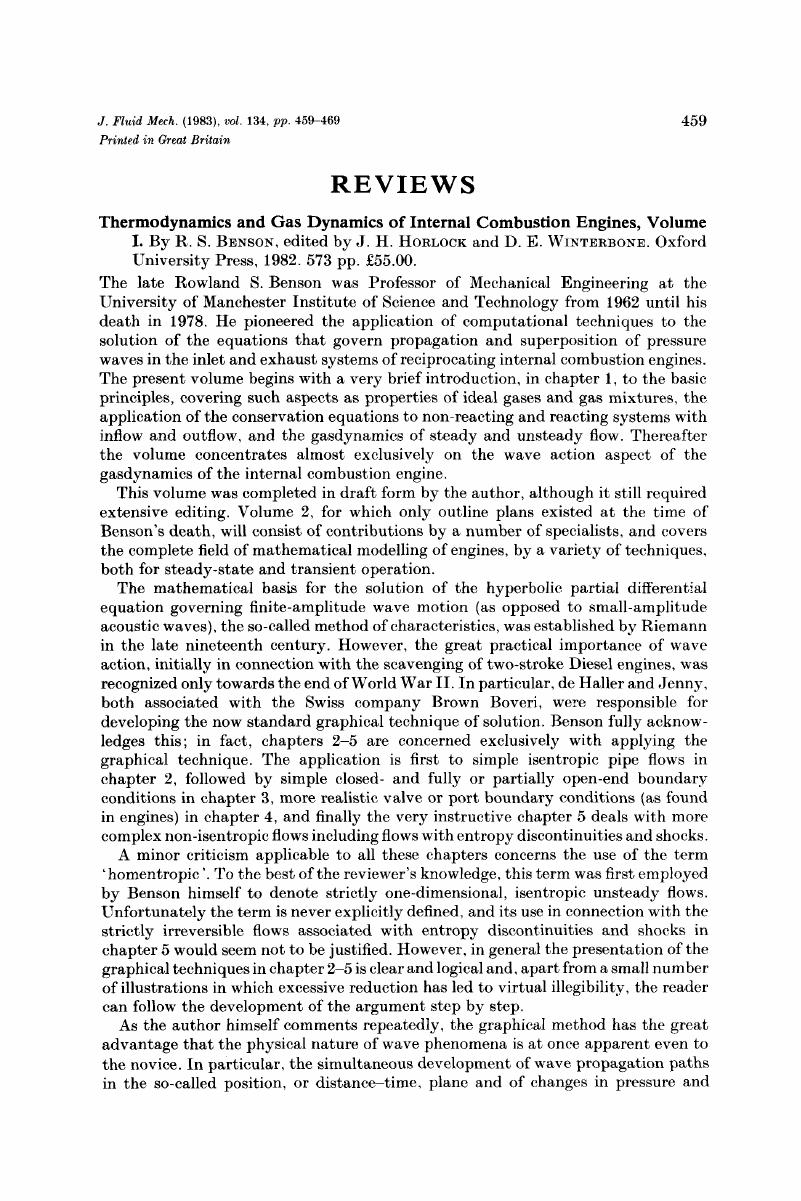
Pashkov, Mining equipment and electromechanics 4( 150), 65– 70 (2020). Pashkov, Mining equipment and electromechanics 2( 148), 3– 12 (2020). Pashkov, Bulletin of the Kuzbass State Technical University 2( 138), 31– 41 (2020). Beglyakov, Bulletin of the Kuzbass State Technical University 5( 129), 43– 52 (2018).

Beglyakov, Bulletin of the Kuzbass State Technical University 4( 128), 105– 114 (2018). Rezanova, Bulletin of the Kuzbass State Technical University 1, 42– 47 (2010).

In conclusion, the main objectives of Geodynamics of UTD are formulated. When studying the interaction of the geo-environment with UTD systems, it is proposed to apply the principle of motion reversal.

Each surface of the geo-environment has its own purpose. In the geo-environment, as a result of interaction with UTD systems (at their contact), not only a new shape is formed, but also specific surfaces are formed. The main parts (systems) of the UTD that interact with the geo-environment during its movement are given and their purposes are presented. Shown is a general view of an underground tunneling device of the Geokhod class. By analogy with the aerodynamic form, the concept of "geodynamic form" is introduced. The article defines the concept of "geo-environment". At the initial stage of the creation of Geodynamics of UTD as a science, there are no (they are not formulated) special terms and definitions, solution methods and basic equations.

In all known definitions and problems of geodynamics, there is no reference to the definition of the nature of the interaction between the machine and the geo-environment. Geodynamics as a science began to differentiate itself from other earth sciences in the 1950s, and to this day there are discussions about the definition of geodynamic terms. One of the main structural elements of the technological structure of the development (formation) of underground space is the Geodynamics of UTD. The basis for the creation of underground tunneling devices (UTD) of the "Geokhod" class was laid by the authors on the principle of representing the sinking of underground workings as a process of movement of a solid body (UTD) in a solid medium.


 0 kommentar(er)
0 kommentar(er)
